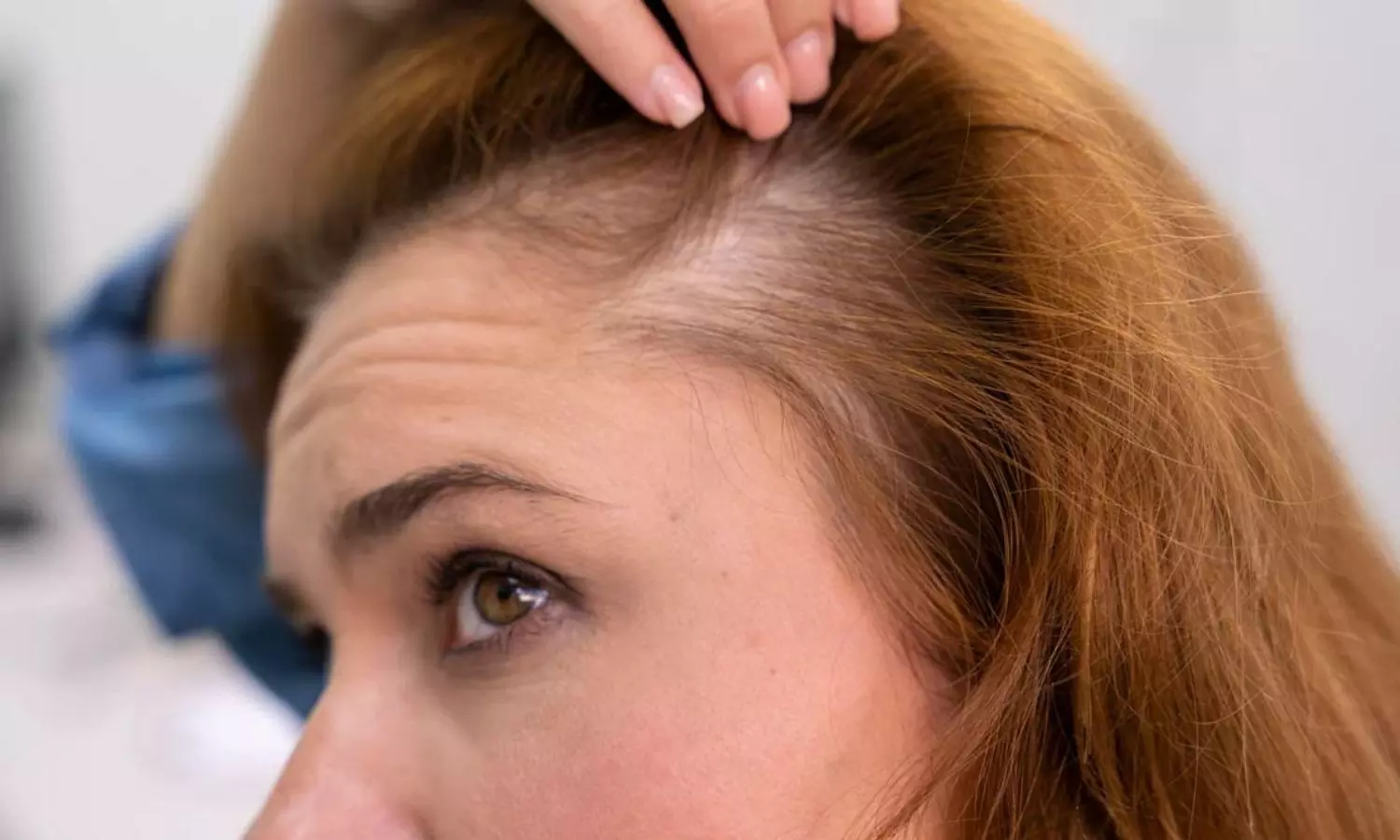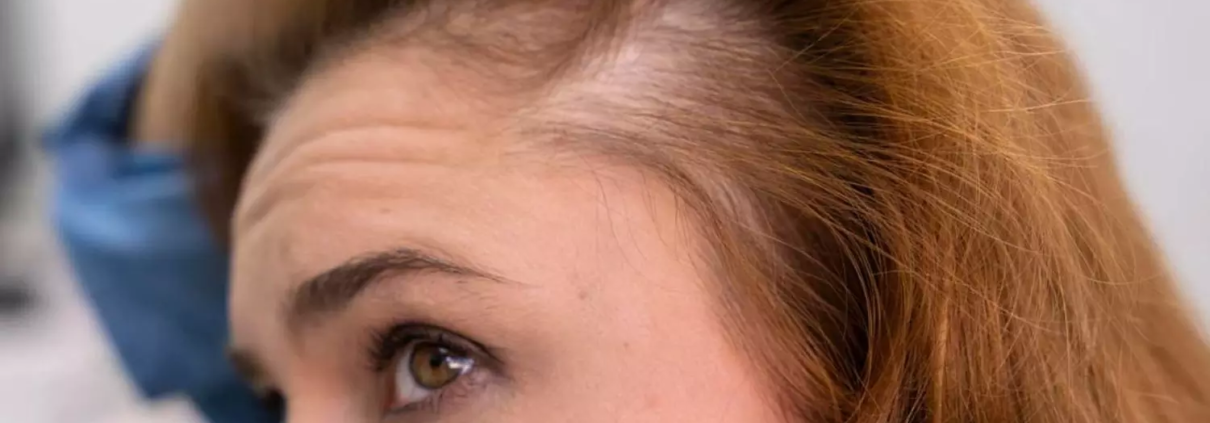Add on Estradiol to 2% minoxidil offers no additional advantage in Female pattern hair loss, suggests study

A new study published in the Clinical and Experimental Dermatology journal showed that estradiol with minoxidil (EMX) may raise the risk of irregular menstruation in individuals with female pattern hair loss (FPHL) which is also known as female androgenetic alopecia (AGA). The variables that influence miniature follicle development and the pathophysiology of FPHL are yet unknown. There is proof that genetic, hormonal, and environmental factors also play a part in male AGA, in addition to the most obvious impact of androgens. Women who have thick, healthy hair are more likely to feel secure, confident, and capable of change. They are also more likely to engage with others.
The prevalence of female pattern hair loss is high and has a detrimental effect on one’s quality of life. The most effective treatment for FPHL is minoxidil, however it is more difficult to treat than male pattern hair loss. Several trials treated FPHL with 17α-estradiol solution, either by alone or in combination with minoxidil, with varying degrees of success. Thus, this study evaluated the safety and effectiveness of topical 17α-estradiol 0.01% with minoxidil 2% against minoxidil 2% in the treatment of FPHL, by Nermeen Ibrahim Bedair and colleagues.
For this study, 43 women with FPHL were instructed to apply a spray-on solution comprising either 17α-estradiol 0.01% plus minoxidil 2% (EMX group) or minoxidil 2% alone (MX group) blindfolded twice a day. The course of treatment lasted six months. After baseline and after the conclusion of the therapy, trichoscopic and clinical evaluations were conducted.
Both groups displayed indicators of improvement at the conclusion of the therapy session. The EMX group outperformed the MX group in terms of improvement metrics, however, this difference was not statistically significant. Menstrual abnormalities were more common among the patients of EMX group. Overall, the findings of this study suggest that a 0.01% 17α-estradiol and 2% minoxidil solution does not appear to provide a statistically significant benefit over minoxidil alone, and there may be a greater chance of related menstrual abnormalities in the treatment of FPHL.
Reference:
Bedair, N. I., EL-Komy, M. H. M., Mohamed, R. E., Shamma, R. N., & Amer, M. A. (2024). Efficacy and safety of combined topical ethinylestradiol with minoxidil versus topical minoxidil in female pattern hair loss. A trichoscopic randomized controlled clinical study. In Clinical and Experimental Dermatology. Oxford University Press (OUP). https://doi.org/10.1093/ced/llae436



